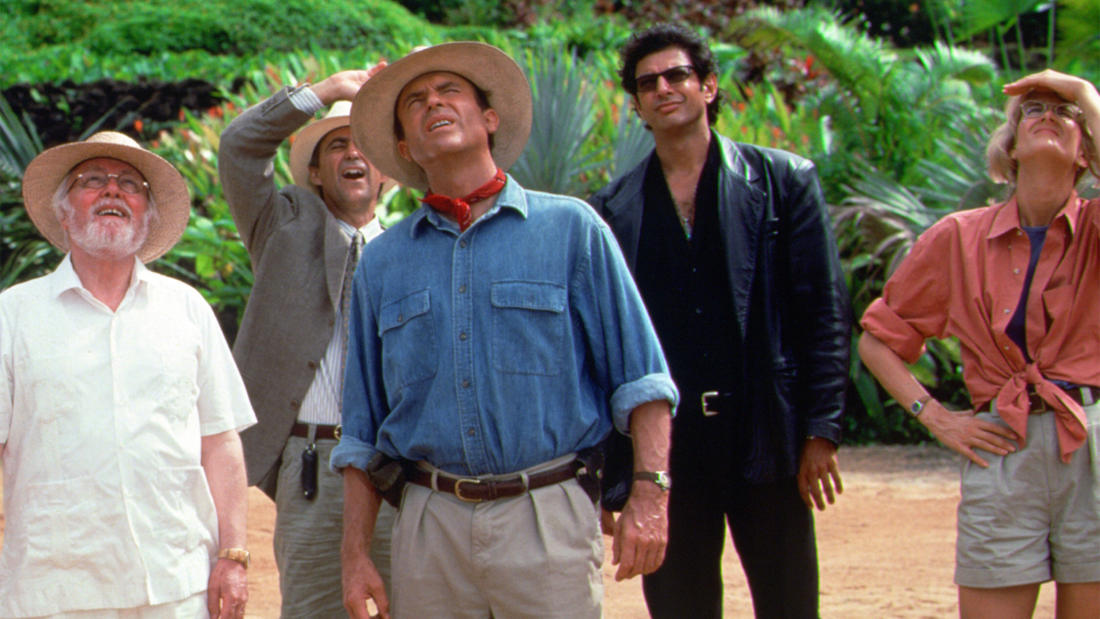
Eureka Theater Eureka, CA
Samantha del Campo
Junior specialist, UC Davis Institute for Regenerative Cures
Jurassic Park— How to clone a dinosaur
Program Description
Samantha del Campo reveals the science behind the gene-editing technology used in Jurassic Park.
Presented At
Eureka Theater Eureka, CA
Film Synopsis
During a preview tour, a theme park suffers a major power breakdown that allows its cloned dinosaur exhibits to run amok.
Two dinosaur experts, Alan Grant (Sam Neill) and Ellie Sattler (Laura Dern), are invited by eccentric millionaire John Hammond (Richard Attenborough) to preview his new amusement park on an island off Costa Rica. By cloning DNA harvested from prehistoric insects, Hammond's scientists have recreated living dinosaurs for the exhibits. Accompanied by a cynical mathematician who is obsessed with chaos theory (Jeff Goldblum) and the millionaire’s two grandchildren (Joseph Mazzello, Ariana Richards), the experts are sent on a tour through the resort in computer-controlled touring cars. But as a tropical storm hits the island, knocking out the power supply, an unscrupulous employee (Wayne Knight) sabotages the system so he can smuggle dinosaur embryos out of the park, and the dinosaurs rage out of control. Based on the novel by Michael Crichton, Steven Spielberg directed the first installment of this epic sci-fi adventure film.
About the Speaker
Samantha del Campo is a graduate of Humboldt State University's Cellular and Molecular Biology Program. Following graduation, she completed the CIRM Bridges 2.0 program, a one-year externship at UC Davis spent working with human stem cells. Currently, Samantha is employed as a Junior Specialist in Dr. Kyle Fink's lab at the UC Davis Institute for Regenerative Cures, a translational facility focused on developing translational science and therapeutics in the stem cell field. Samantha's primary project in the lab involves the screening of artificial transcription factors designed to modify gene expression in Angelman Syndrome (AS) neurons. AS is a rare neurodevelopmental disorder characterized by varying symptoms such as intellectual disability and a lack of speech development. The goal of this research project, ultimately, is to advance understanding of potential genetic therapeutics for AS.